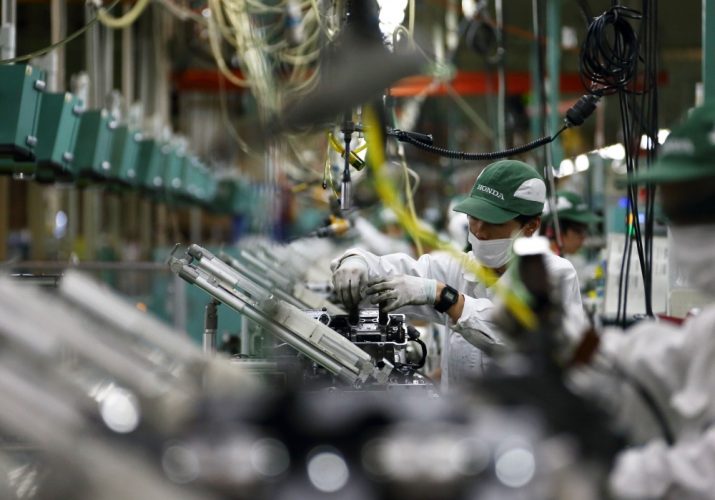Asia grows despite minor weaknesses

Despite minor weaknesses, Asia manufacturing PMIs continue to indicate growth. The most recent factory activity data from Asia indicated a slight decline in momentum around the middle of the third quarter, but overall consistent rise in both output and orders. Despite varying price and demand developments across the region, manufacturers held conflicting views on the sector’s outlook, with many expressing cautious optimism.
In August, the manufacturing purchasing managers index readings from S&P Global showed improvement in Japan and South Korea, while the readings for India, Thailand, Taiwan, and Malaysia indicated growth in manufacturing, albeit at a modest rate.
Contrary to China’s official PMI, which indicated a decline in activity in August, the China Caixin PMI has rebounded to higher levels of growth. The superior performance of the Caixin PMI, a composite index created by S&P Global, may be attributed, at least in part, to its greater emphasis on private-sector, export-focused companies, according to Maybank economist Erica Tay. “The declining official statistic indicates the increased significance of large industrial companies, whose future is negatively impacted by the real-estate industry, which is the main driver of China’s economic downturn,” she said.
Concurrently, Japan’s manufacturing sector approached stability as a result of a revived surge in production. The gain, however modest, was the greatest since May 2022, according to the latest Jibun Bank PMI reported by S&P.
The factory output growth PMI in South Korea reached its highest level in 40 months in August, indicating a notable increase in new orders. Another favourable observation was a decrease in inflationary pressures, according to economist Usamah Bhatti from S&P Global Market Intelligence. The speaker said that the positive economic prospects and the introduction of new products contributed to a boost in confidence on the future prospects in August, reaching its highest level in three months.
In Taiwan, the output and new orders indexes also increased in August, but at less significant levels. As to Paul Smith, the economics director at S&P Global Market Intelligence, demand growth declined, primarily due to increased new export sales rather than local sources. “However, firms nevertheless expressed some apprehension over the global economic outlook, which played a crucial role in inducing a decline in overall sentiment to its lowest level of the year thus far,” he stated.
According to PMI statistics, Indonesia stood out as the exception, as its manufacturing decline deteriorated, marked by the most significant decreases in new orders and output in the past three years. Businesses predictably implemented workforce reductions, however, “many were careful to emphasise that these reductions were temporary in nature,” Smith said, possibly indicating “a certain level of assurance that operational efficiency will improve.”










